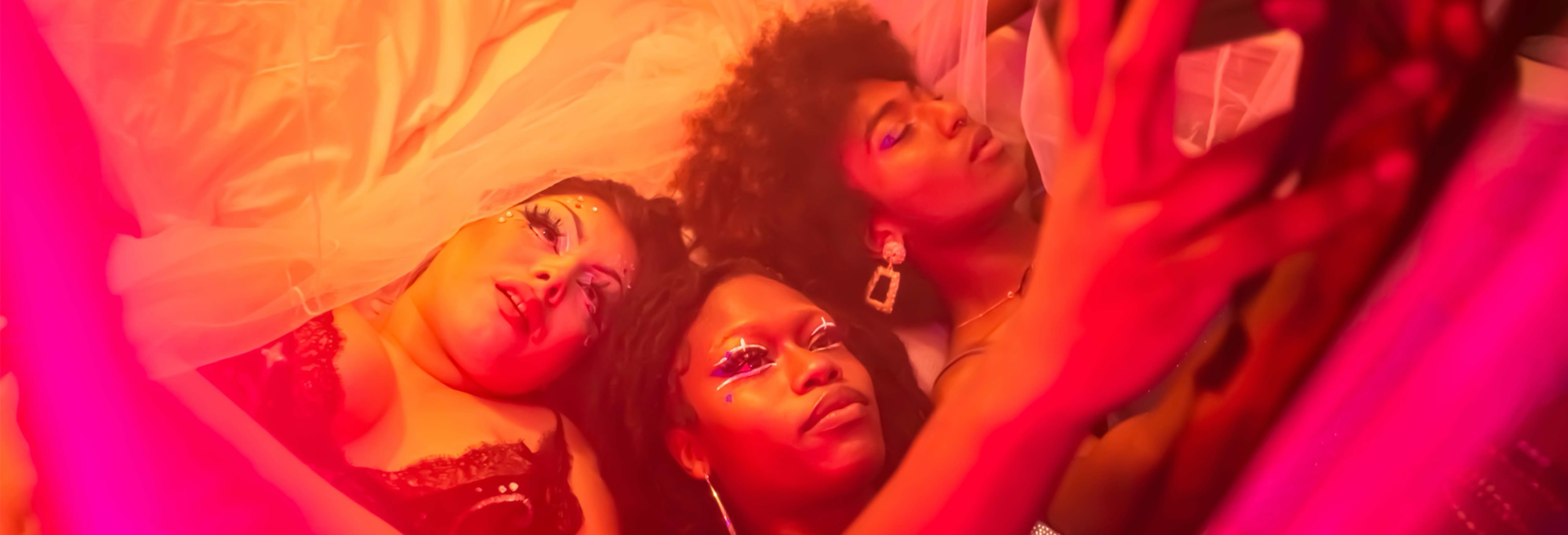







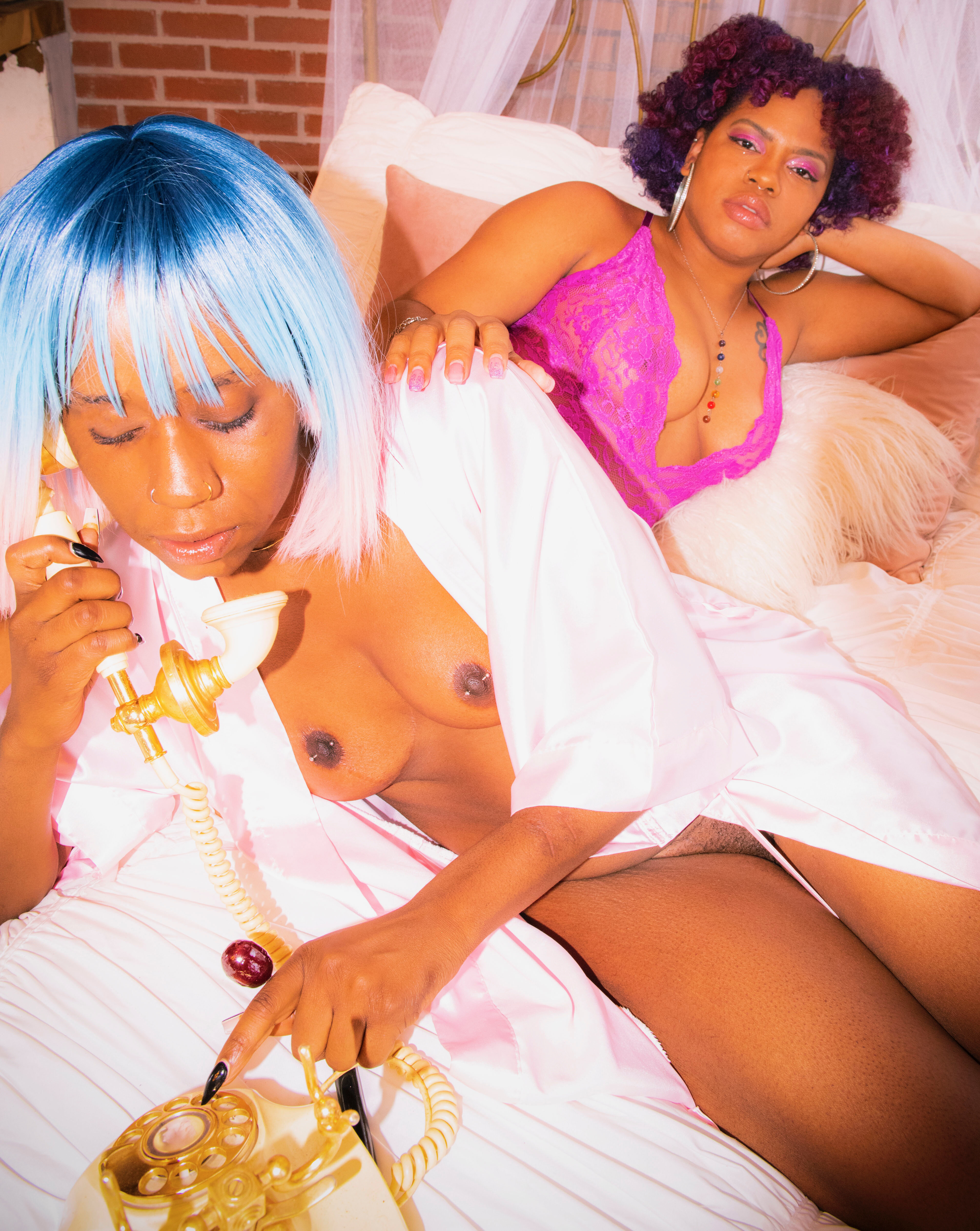


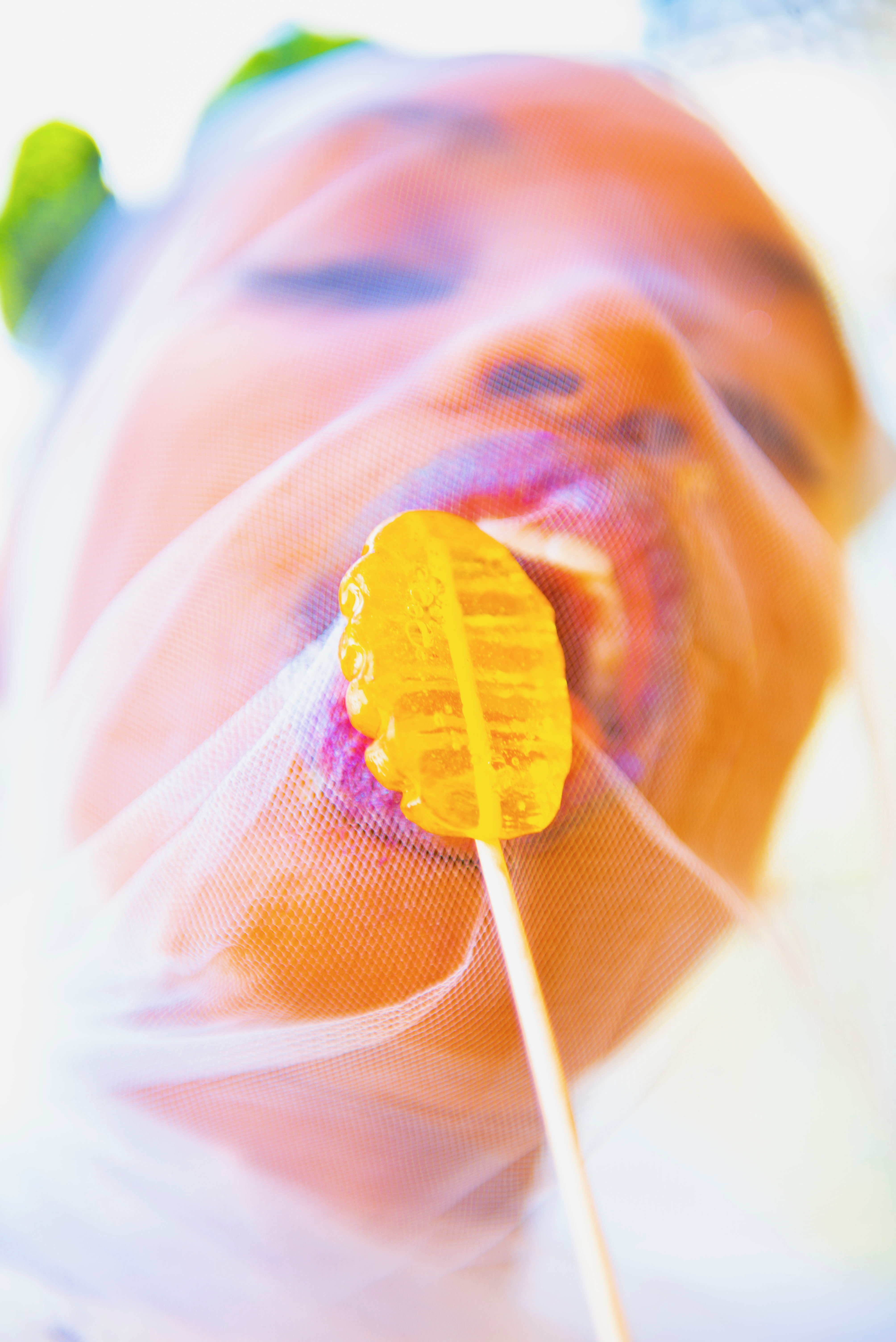
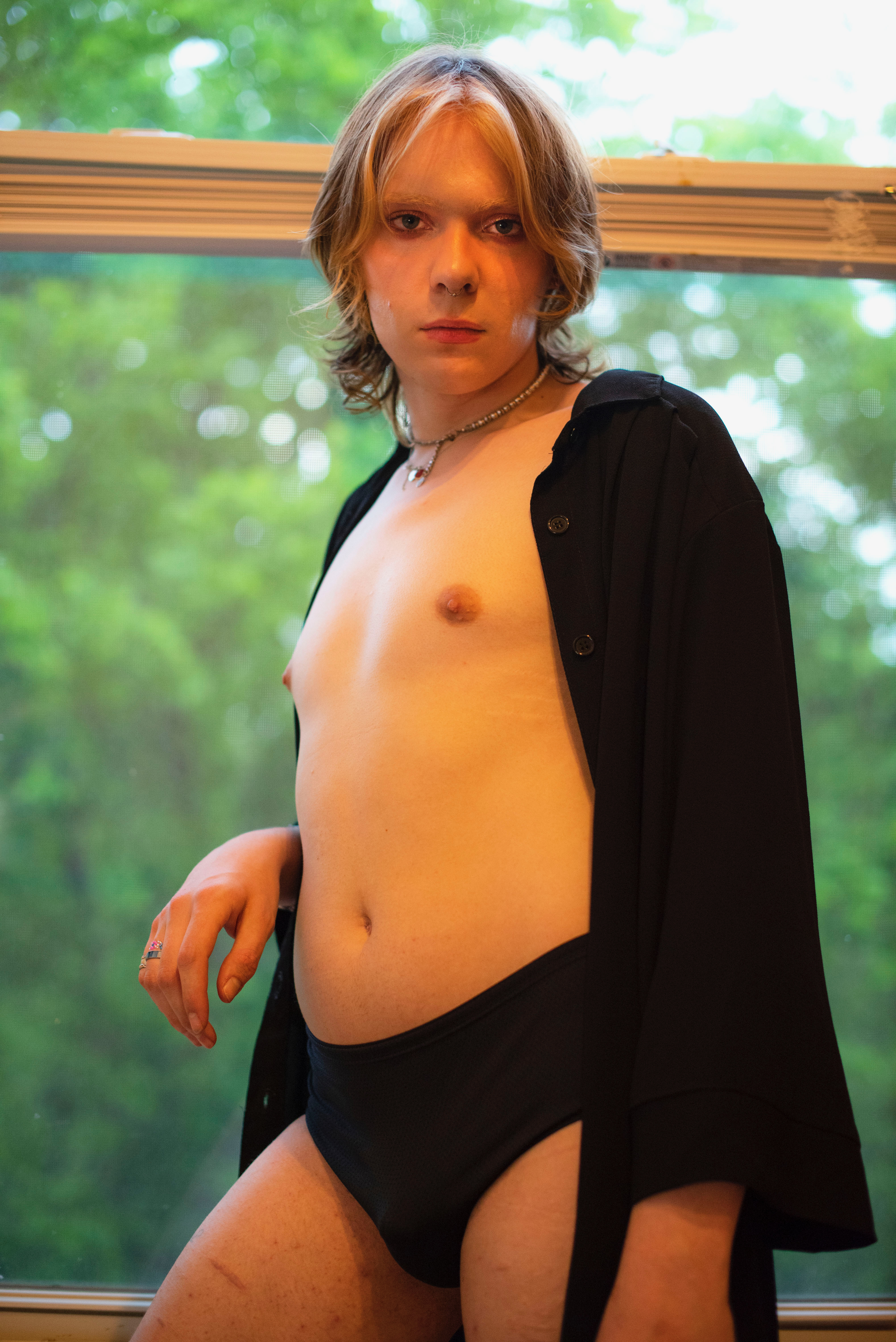




nymph(o) is a queer, sex-positive print magazine first launched in November of 2021 and created by queer artist, writer, and archivist Avery Plummer. The magazine is largely built on background research of sex-positivity, gender studies, queer theory, and LGBTQ+ history and was originally inspired by ‘80s lesbian porn magazine On Our Backs. As a synthesis of these focused topics, nymph(o) is an investigation into the role of print media in social change. However, a leading principle in this work is also the act of continuously archiving and preserving cultural moments and queer stories.

As nymph(o) grows, we would like to enhance its educational value by rooting it deeper in social justice and action-based forms of change. This effort is best summed up in our mission statement:
nymph(o) is a print magazine that educates a contemporary generation of LGBTQ+ people on current social issues facing the queer community in the U.S. and beyond, aiming to combat hate by focusing on examples of community-led, action-based change. Created through a sex-positive method, nymph(o) also celebrates diverse expressions of sexuality and gender through visual art and writing. Holding space for a wide array of possibilities outside of a binary norm becomes an investigation into the historical and contemporary ways that sexuality intersects with the larger fight for queer liberation. No change will be worthwhile if the queer population can not be assured in the safety of their bodies and sexuality.
Welcome to the community.

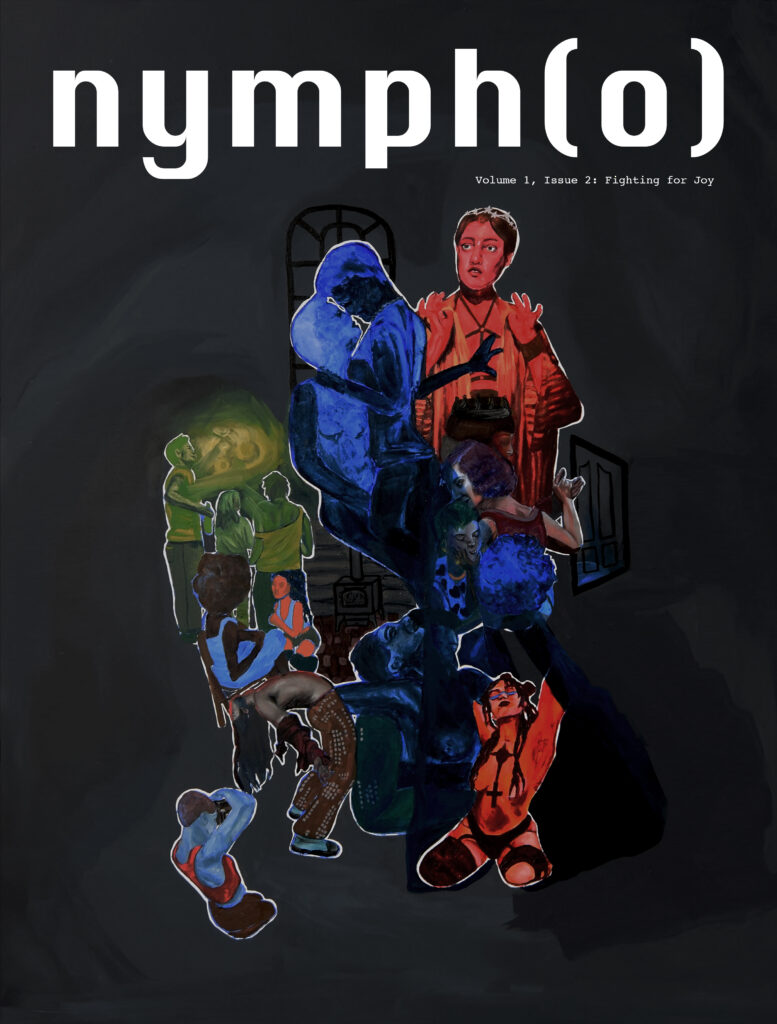
ABOUT THE NAME
Nymphs are female deities who are represented frequently throughout European history. In paintings, nymphs will appear as “traditionally beautiful” (skinny, white, able-bodied) nude young women, though their nudeness is not meant to be inherently sexual. Instead, these nymphs are painted in the nude to represent the most natural state for all humans. They are protectors of the celestial, the water, land, plants, and the underworld and are portrayed in a natural, nude state to reflect these natural resources. However, due to tendencies throughout art and history to sexualize any and all women, nymphs have fallen prey to over-sexualization.
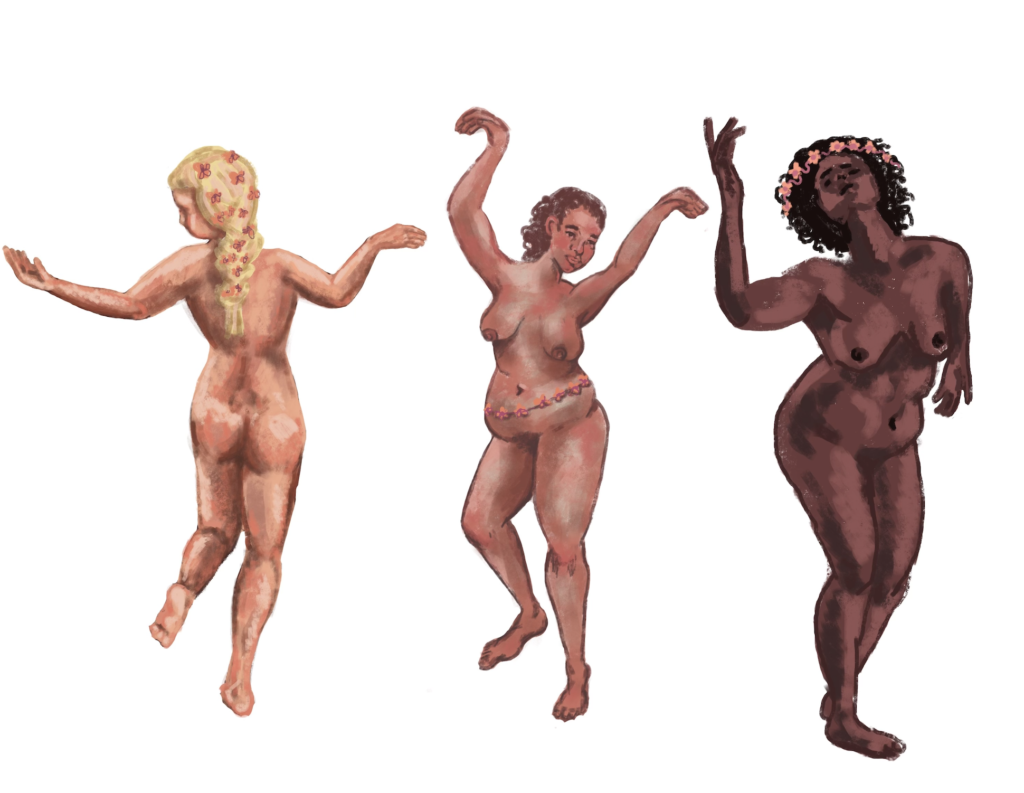
The word “nymph” was only further gendered and sexualized when Vladimir Nabokov used the term “nymphet” in his novel Lolita to categorize the pre-pubescent girls that the male main character made sexual advances towards. “Nymphomaniac” comes directly from this overt gendering of a word. In the late 18th century, doctors added the suffix “-mania” to “nymph” in order to refer to women who were “hyper-sexual.” As a result, “Nymphomaniac” emerged into everyday use, offering an inherently sexual connotation that was then applied to women, albeit negatively. Since then, sexually active women, feminists, queer individuals, and sex workers have often been slanderously labeled “nymphomaniacs,” implying they are perverse, deceitful, and led by a mission to corrupt others. This has contributed to the laws and attitudes that oppress said “nymphomaniacs.”
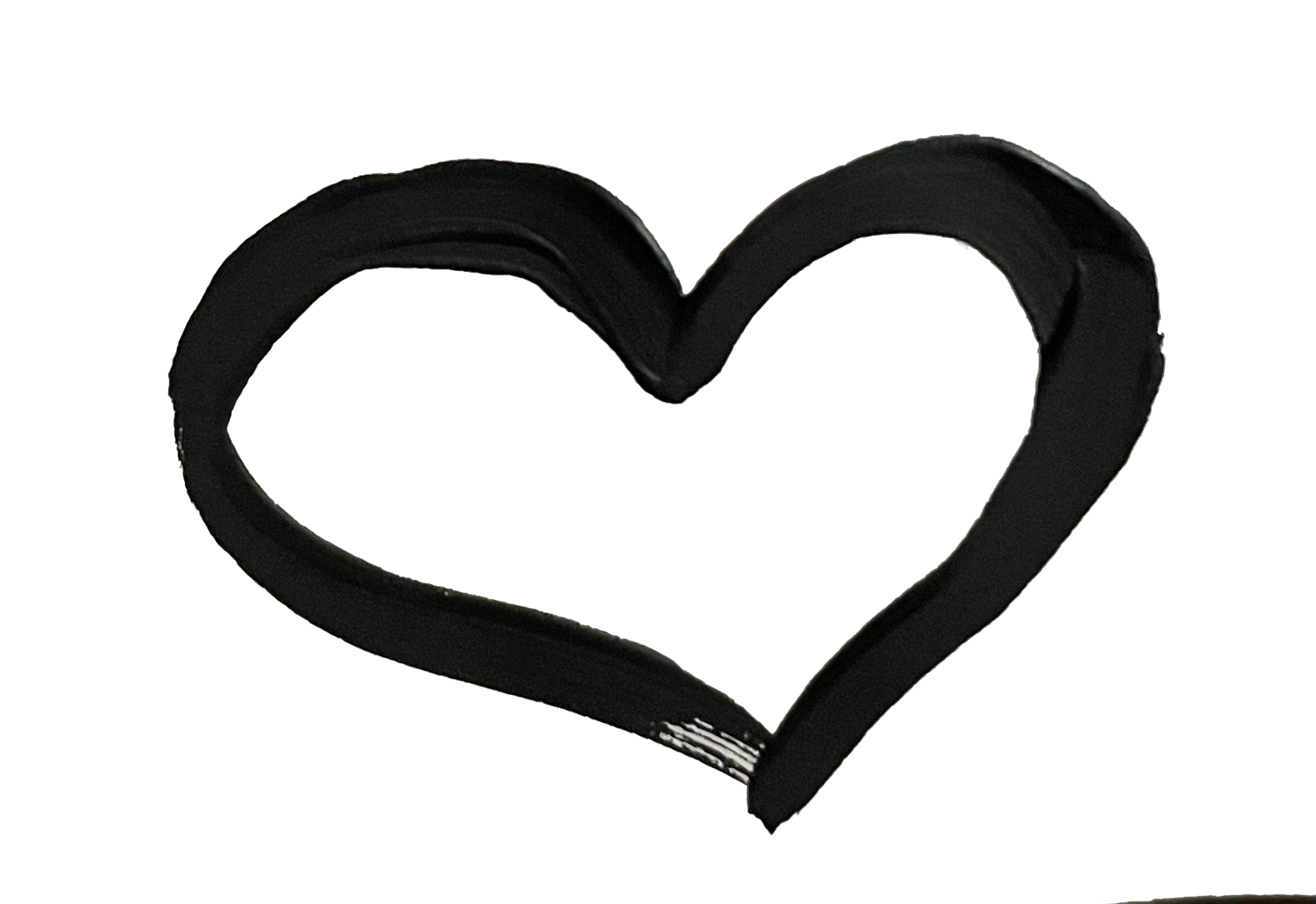
In response, nymph(o) proposes a new connotation for the word–a combination of “nymph” and “nymphomaniac” that surpasses any gendered expectation and aims to represent people for what and who they authentically are. We borrow the layer of whimsy from the word “nymph,” and readers will notice this in the magazine’s design. We also flip the negative sexual connotation from the word “nymphomaniac,” crafting a magazine that celebrates a plethora of sexualities and identities. But the resulting word, nymph(o), and the magazine built around it, will come to mean much more

